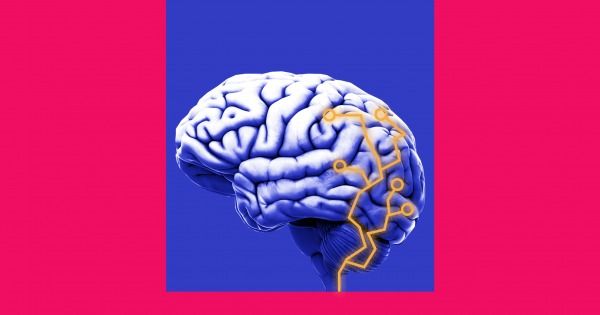A spacecraft, spinning in Earth’s orbit, reaches inside itself. One of its four arms pulls out a length of polymer pipe that has been 3D-printed inside the body of the machines. All four of the spacecraft’s arms are securing pieces together as it builds a new space station right there in orbit.
This surreal project, called Archinaut, is the future vision of space manufacturing company Made In Space. The company promises a future of large imaging arrays, kilometer-scale communications tools, and big space stations all built off-planet by smart robots.







